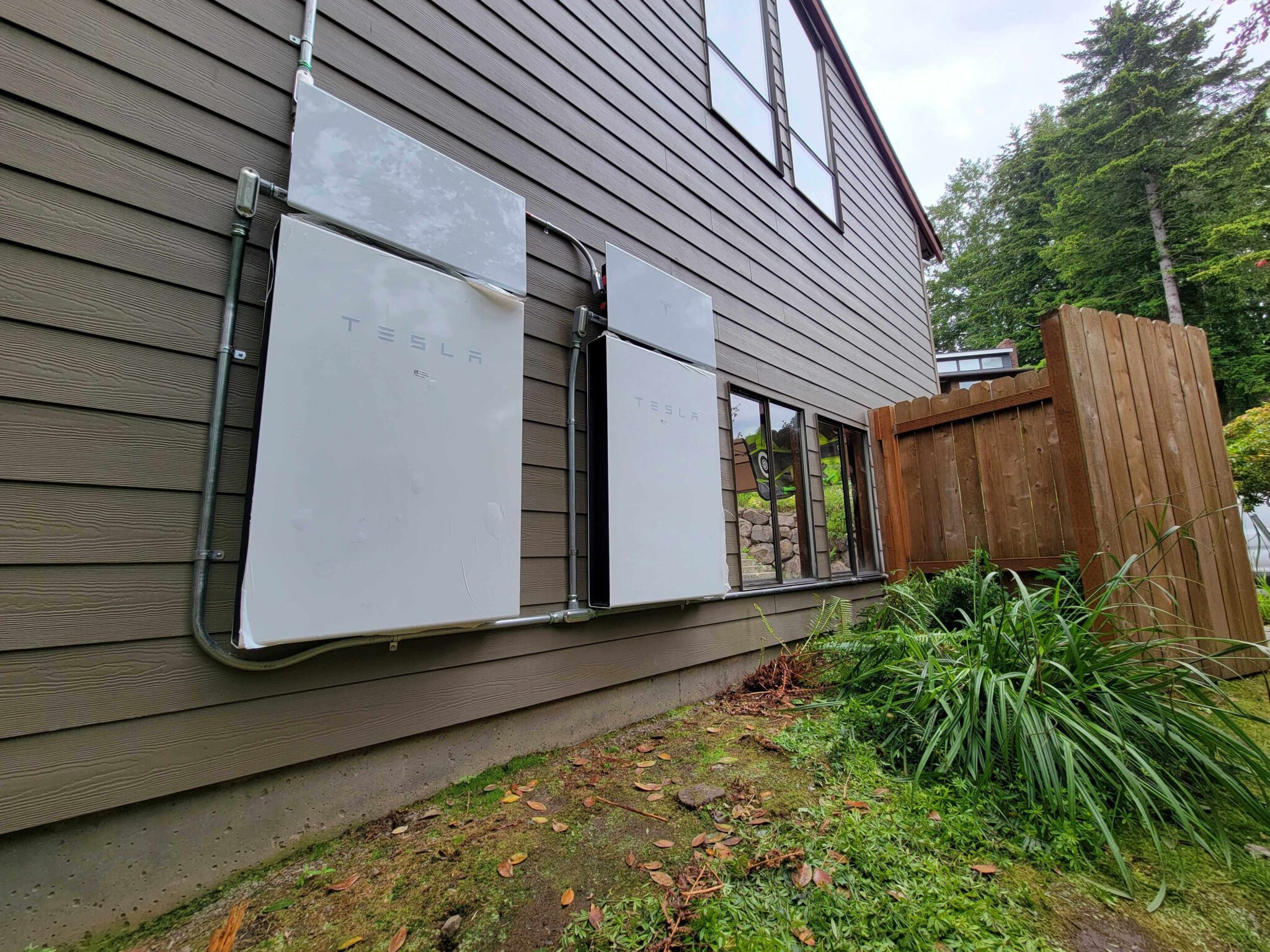Generating the electricity for our future
As we electrify our buildings, transportation, and infrastructure means, we need 1,500 – 1,800 GW more energy capacity to meet demand. Currently, the US produces around 450 GW of electricity today. Achieving this goal is a full-participation effort on many entities, a mission most of us can embark on from home. Here we’ll discuss why generating electricity from renewables is the solution to our electrification needs and Washington’s goals for clean energy.

Clean Energy Transformation Act
Enacted in 2019, the Clean Energy Transformation Act (CETA) sets targets for all retail serving utilities in Washington to the required 100% clean electricity supply. The first milestone is phasing out all coal-fired electricity from portfolios by 2025! By 2030, utility energy mixes must be greenhouse gas emissions neutral, allowing for some natural gas usage for electricity if other measures offset the emissions. Finally, by 2045, utilities must supply all customers with electricity that is 100% renewable or non-emitting, with no exceptions for offsets.
Washington is solarizing
In 2022 Washington State ranked 15th in the US for solar photovoltaic installations, up from 2020 and 2021, in which we ranked 36th and 35th, respectively. Thank you, homeowners, landlords, businesses, farms, utilities, and cities, for going solar!
The case against fossil fuels
Clean energy is not only healthier for humans, but it’s also cheaper to generate electricity with than fossil-fuel sources. When coal, natural gas, or oil generate electricity, energy is lost as heat. To use fossil fuels, you need to use electricity to discover, mine, refine, and transport them; this accounts for 11% of the US total energy use.
Next, our utilities or government must purchase fossil fuels in a market subject to external geo-political forces, a substantial financial and national security risk. Using fossil fuels for electricity is inefficient and expensive, damaging our environmental systems and humans. Implementing fossil fuels generated electricity is a game of diminishing returns.

Subsidizing energy sources

Fossil fuel subsidies
In 2020, coal, oil, and natural gas received $5.9 trillion in subsidies, according to an analysis by International Monetary Fund. While only 8% of the total was explicit cash subsidies, the rest took the form of tax breaks. Subsidies to this degree underprice the actual cost of using fossil fuels, leading to more use and a more significant detriment to our ecosystem and loss of human life due to water, air, and land pollution.
Renewable energy subsidies
With the Inflation Reduction Act in effect, solar and home electrification are getting massive incentives that the government is funding, which is excellent news. Paired with the existing and now extended Investment Tax Credit, homeowners, businesses, and the commercial sector can electrify while owning the means to produce electricity through solar.

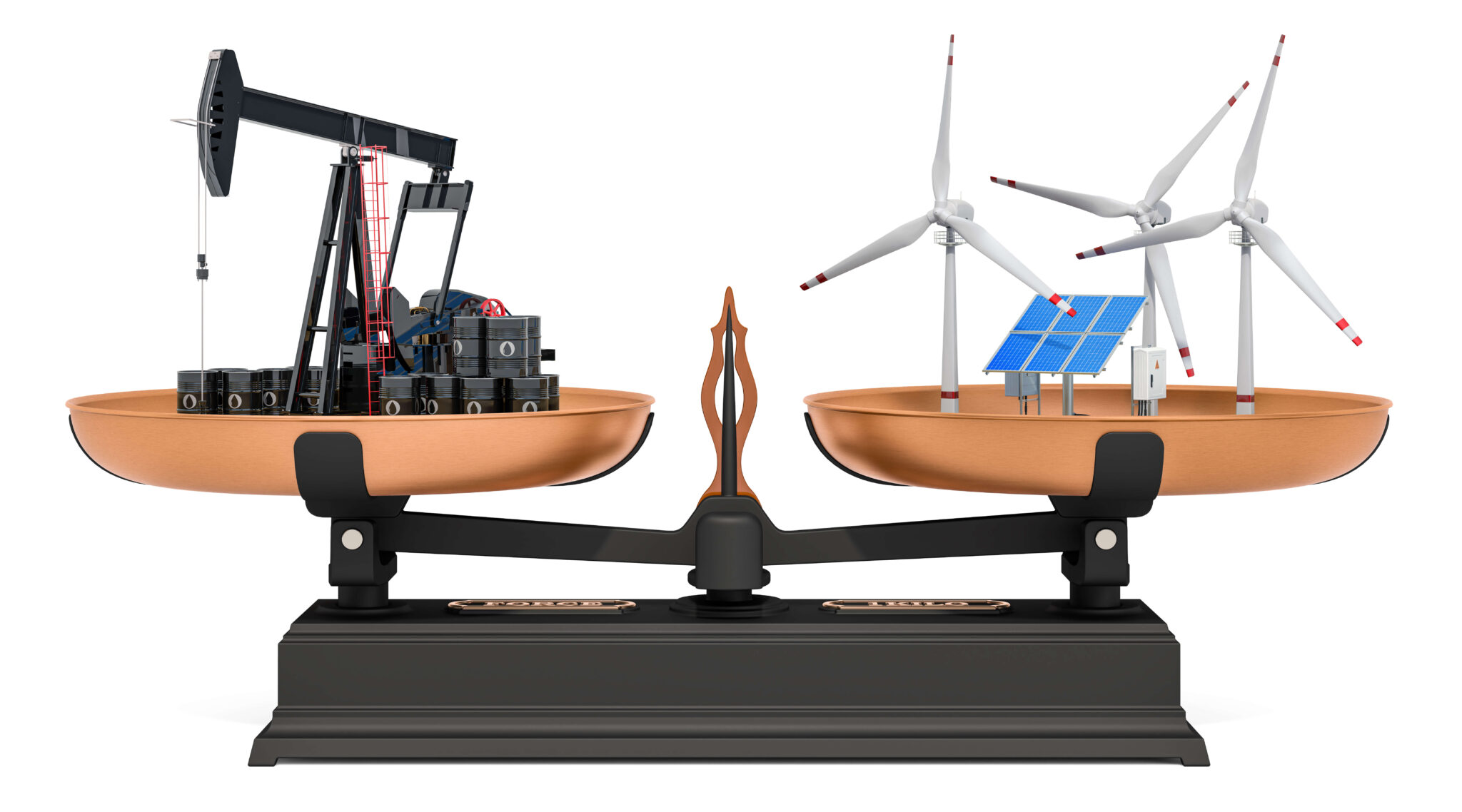
Comparing the cost of generation
In Washington, coal is already halfway out the door as mandated by the CETA. Still, let’s compare the costs to see whether the switch makes financial sense for utilities and energy customers. Solar energy costs, on average, are between $0.03 to $0.06 per kilowatt-hour. While fossil fuel electricity costs around $0.05 to $0.17 per kilowatt-hour. Furthermore, solar energy is continuously getting cheaper to deploy. As we account for the externalities of burning fossil fuels for power and consider the massive subsidies they consume, fossil fuel-powered electricity costs are untenable.
Meeting demand with renewables
Wind and solar energy benefit from abundant solar and wind energy that flows through the planet daily. The sources that turn the wind turbines and spur the movement of electrons in solar panels are free; the issues that delay the proliferation of solar and wind energy are the intermittency of these sources and the ability to turn on the power when needed. Long-duration energy storage (LDES) is critical to powering our homes when the sun goes down and the wind isn’t blowing. We will discuss this storage aspect of the electrification movement in two weeks, but you can read more about storage technologies in our blog below.
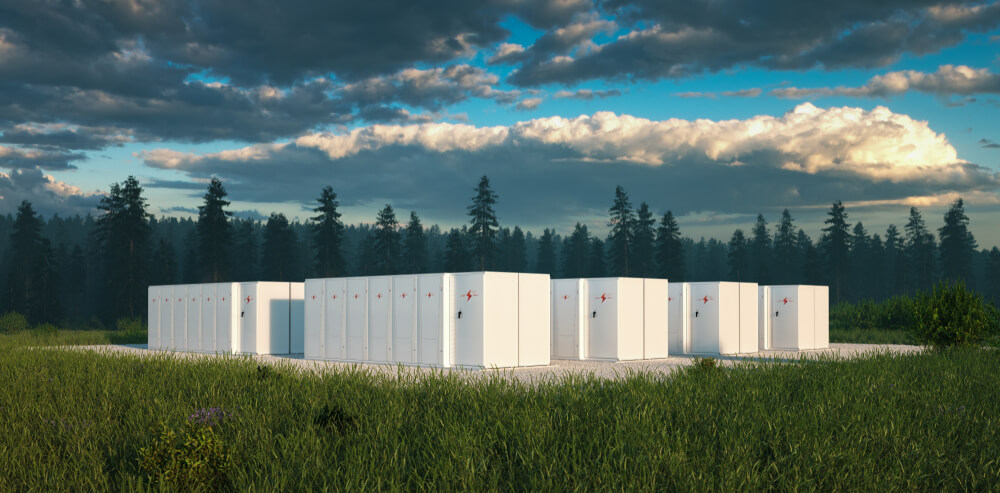
Savings

Residential
Owning renewable energy sources like rooftop solar can directly affect your monthly expenses. These savings grow as the electricity rate increases yearly to account for more demand. Plus, if you use electricity to power your transportation, you can ensure that electricity is sourced from the sun rather than a fossil fuels-powered grid.
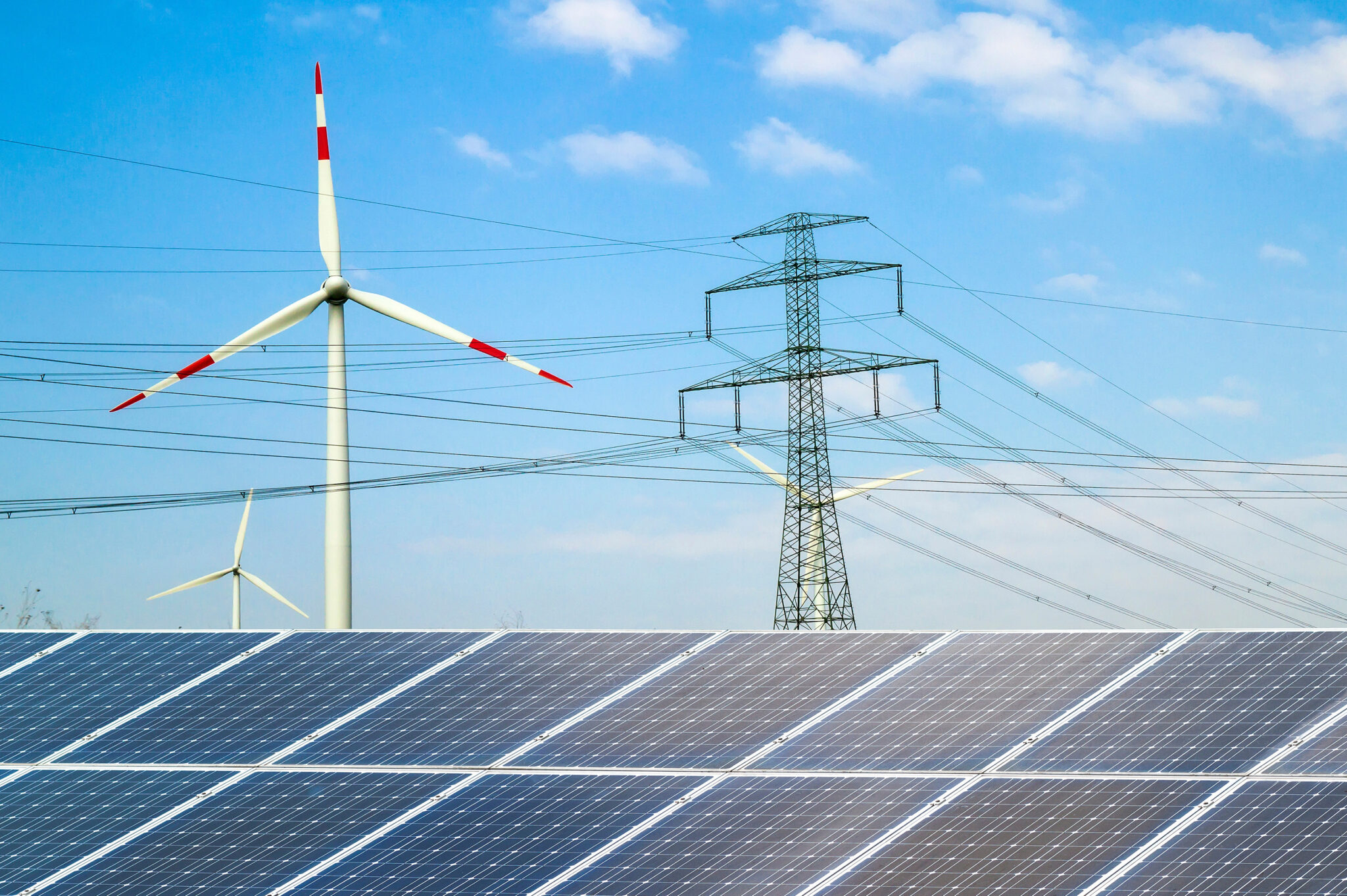
Utility
Without having to pay for wind and solar-generated energy, Utilities can save money from not having to pay to acquire, transport, and burn fossil fuels. With the savings, utilities can support community solar projects, increase grid resilience, and incentives a faster adoption of renewable energy.
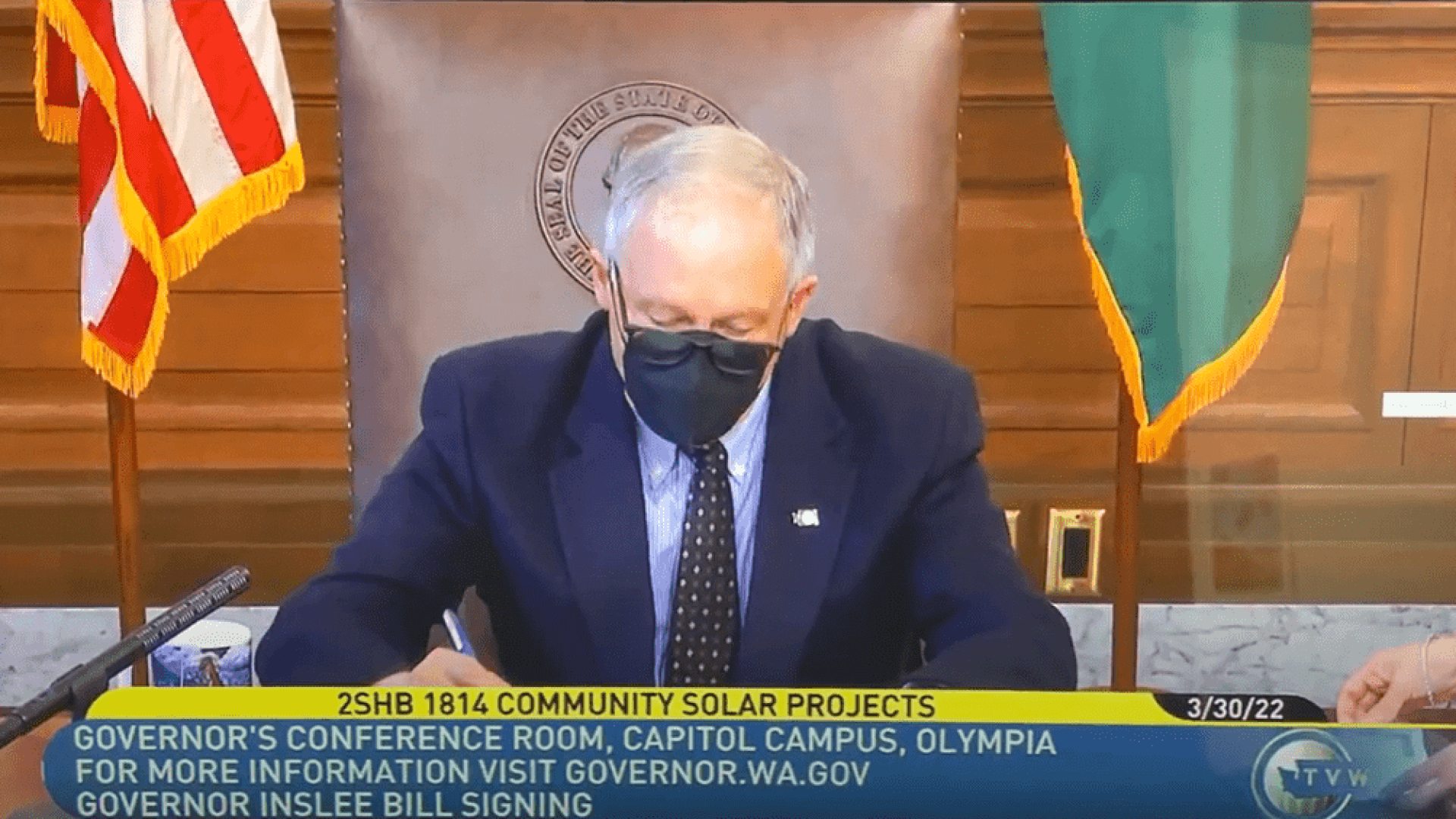
Tax Payers
With the growing use of cheap, local, and abundant clean energy replacing fossil fuels powered electricity. The government can use fossil fuel subsidies to fund education, infrastructure, and the electrification movement even more!

The Planet!
Taking pollution out of the energy generation equation will directly improve the air, water, and soil quality. In turn, it makes living on the planet more enjoyable as we don’t need to worry about pollution-related diseases, biodiversity loss, and more natural landscapes to explore.
Next in the Electrify Washington series
Next week we’ll talk about the Storage aspect of the electrification movement. Storing excess clean energy from solar and wind will help us maintain a more robust grid. So get ready to dive into the current state of our national grid, incentives to own a solar energy system, and how we can create a future of abundance when we Electrify Washington.
